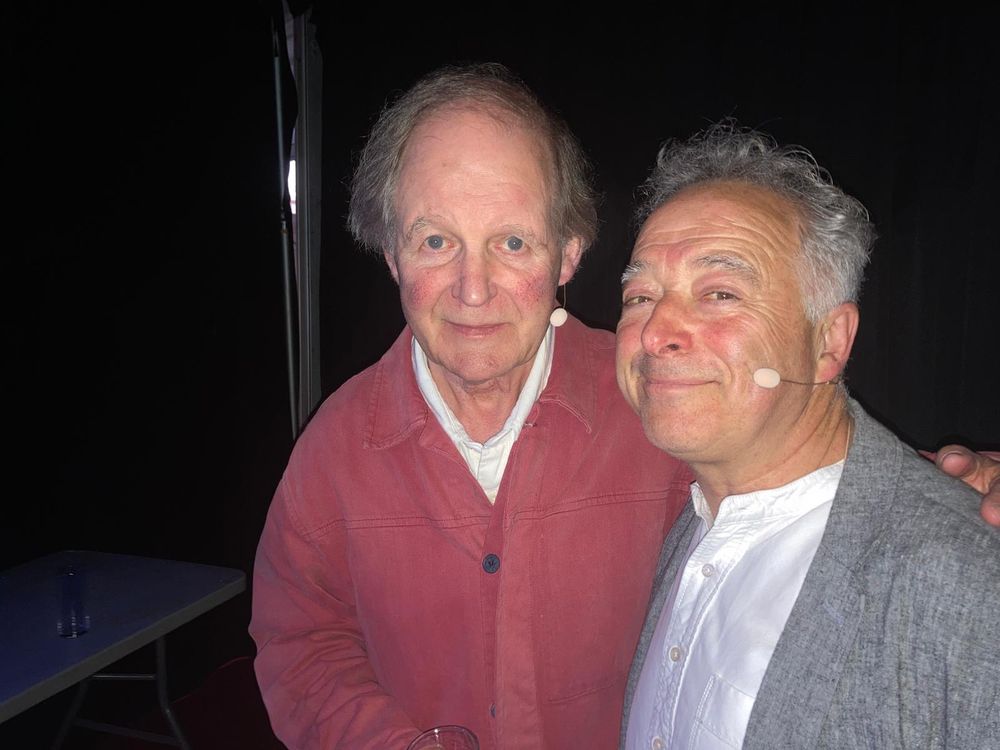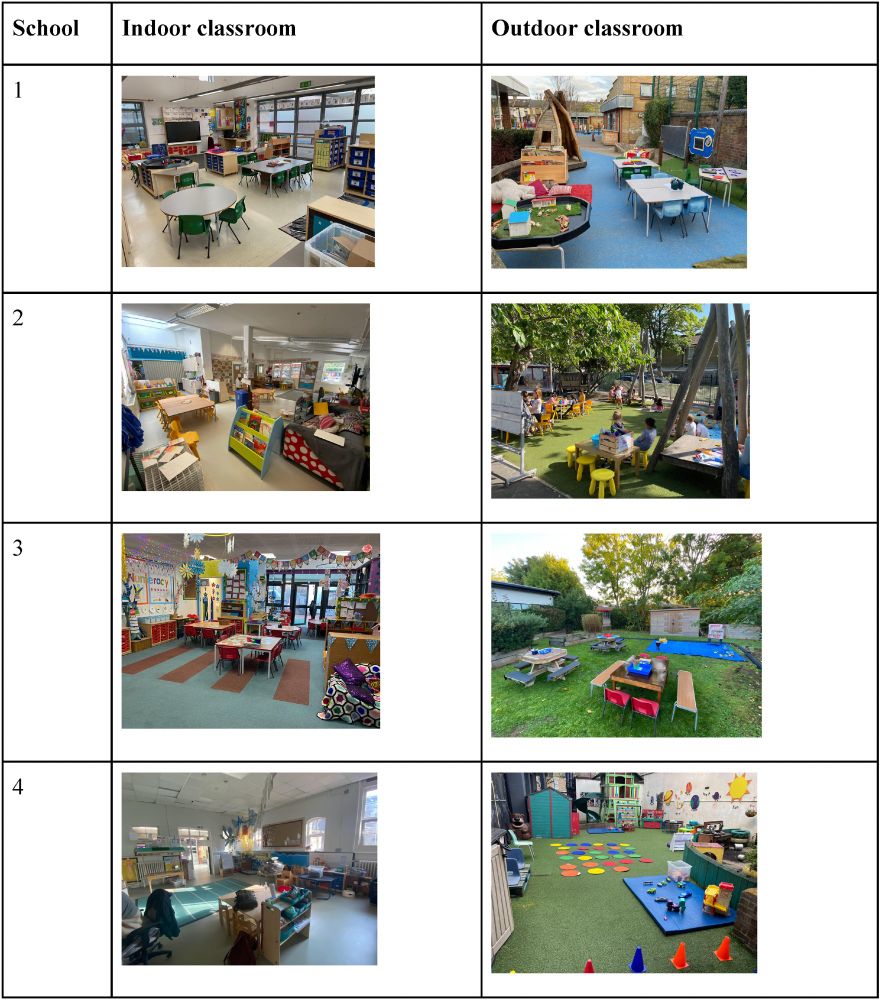Sam Wass
@profsamwass.bsky.social
100 followers
10 following
29 posts
👶👨⚕️Child Psychologist/Neuroscientist🧠, attention and stress, 👨👩👧👦Dad of 2, 💻 @ERC_Research Fellow.
Posts
Media
Videos
Starter Packs
Reposted by Sam Wass
Reposted by Sam Wass
Reposted by Sam Wass
Reposted by Sam Wass
Reposted by Sam Wass
Reposted by Sam Wass
Sam Wass
@profsamwass.bsky.social
· Mar 26

Temporal patterns in the complexity of child-directed song lyrics reflect their functions - Communications Psychology
In a multilingual corpus of child-directed songs, an analysis of the cumulative-compressibility of the lyrics reveals multiscale complexity patterns that could support different relevant fuctions, e.g...
www.nature.com
Sam Wass
@profsamwass.bsky.social
· Mar 24
Sam Wass
@profsamwass.bsky.social
· Mar 24





















